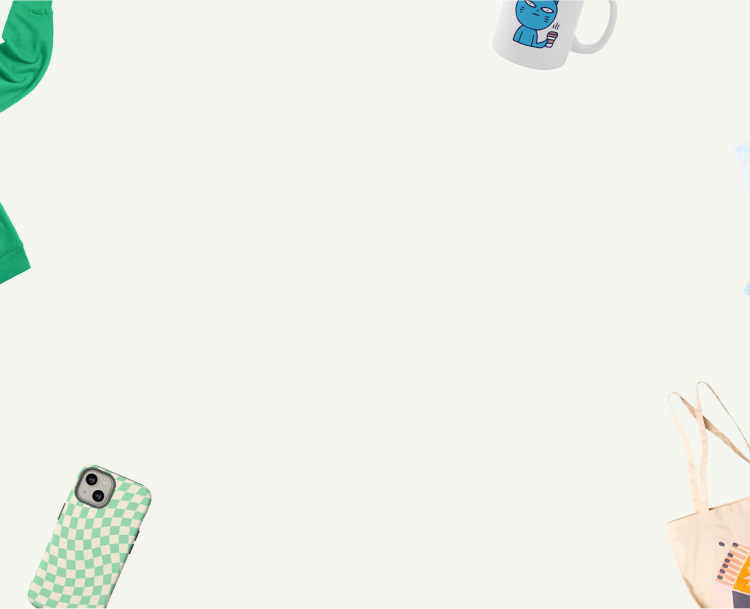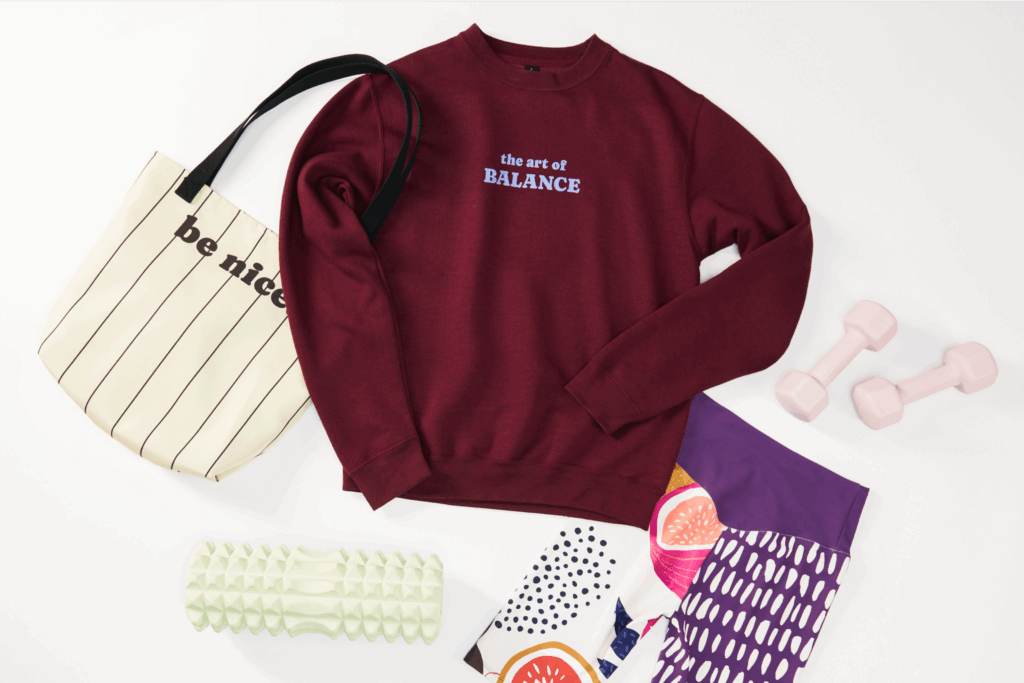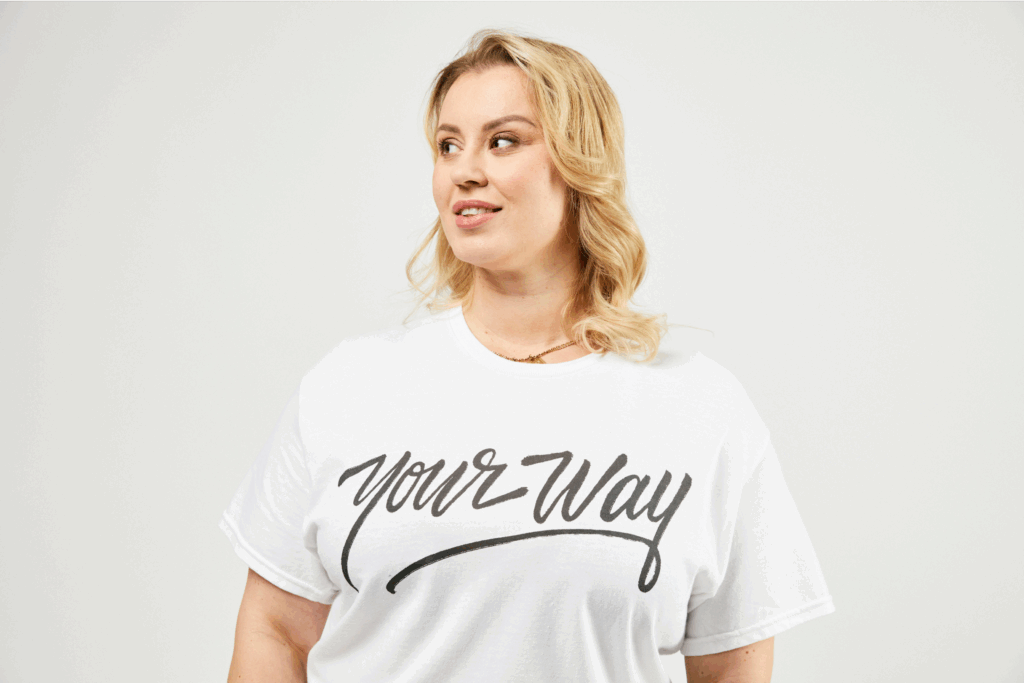Side hustle made easy – Print, sell, profit.
Tired of the 9-to-5 grind? Wondering how to make a living without a job and actually enjoy what you do? Print on Demand (POD) might be the answer. With just a few dollars, some creativity, and a computer, you can build your own business, earn money from home, and take control of your time.
In this guide, you’ll discover what Print on Demand is, why it’s a smart way to start earning without a job, how to launch your own POD business, and which products are best for getting started.
This post may contain affiliate links, which means we may earn a commission if you make a purchase through those links. This comes at no additional cost to you.
Key takeaways
- POD is one of the easiest ways to make money without a traditional job. No inventory, no shipping logistics, and no big upfront investment required.
- Marketing is key to success. Use SEO, social media, and targeted ads to drive traffic and turn browsers into buyers.
- Freedom and flexibility come built in. A print-on-demand business lets you work from anywhere, set your own schedule, and build steady income streams at your own pace.
- With smart strategies and consistent effort, you can grow your brand, get paid, and take real steps toward financial freedom.
What is Print on Demand
Print on Demand is a business model where you create custom designs and sell them on products like tees, bags, phone cases, and more – without holding any inventory. Your POD partner prints, packs, and ships each item after it’s sold.
Here’s how it works:
- Upload a design to your supplier’s platform.
- Add the product to your website or online store.
- When a customer purchases, your supplier prints and ships it directly to them.
- You earn a profit on every sale. For example, sell a shirt for $25, pay $9 to your supplier, and keep the $16 difference.
Why Print on Demand is a great way to make a living without a job
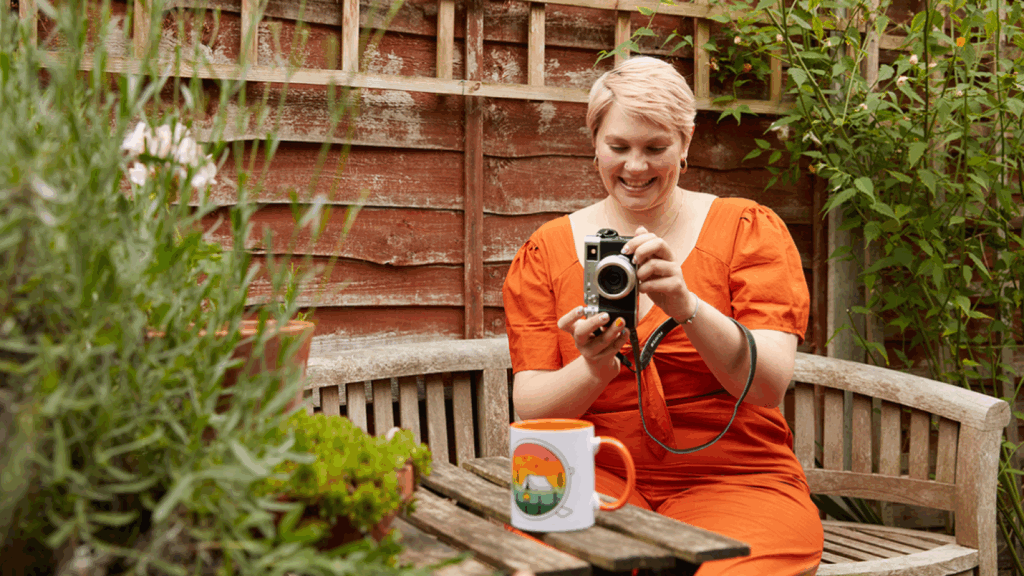
Whether you’re looking to earn extra cash, launch a side hustle, or eventually replace your 9-to-5, here’s why POD is a smart way to make money without a traditional job:
- Work when you want – No clocking in, no boss. Whether you’re a night owl or an early bird, you control your free time and set your own hours.
- Start from home – All you need is a laptop and an internet connection. Yes, you can build your store in pajamas and slippers.
- Low cost, low risk – Unlike a regular job or traditional business, there’s no need for a big upfront investment. Sell t-shirts, mugs, and more – you only pay for what you sell.
- Focus on what matters – Forget packing boxes or managing stock. Your POD partner handles the logistics so you can focus on designing, marketing, and making money.
- Room to grow – Start small and scale at your own pace. Over time, your side hustle can become a reliable source of income and even replace your regular job.
Check out the best side hustles and other ways to make money on our blog.
Pros and cons of starting a POD business
POD can be a powerful way to earn money without a job, but like any business model, it comes with trade-offs.
Here’s a quick breakdown:
| Pros | Cons |
|---|---|
| Low startup costs – Start your own business for under $100, without holding inventory. | Takes time to learn – Finding the right niche, supplier, and designs requires research and effort. |
| Quick to launch – No need to hire a web designer. Use themes, plugins, and tools to get started fast. | High competition – With a low barrier to entry, the market can get crowded, and many sellers may offer similar products. |
| No inventory space needed – Your supplier handles printing, packing, and shipping. | Returns can be tricky – You have to align your return policy with your Print Provider. |
| Easy to test new designs – Switch products or styles without losing money. | Extra costs may add up with a domain, plugins, and ads. |
| Sell globally – Most suppliers ship worldwide, giving you access to international customers. |
Make it happen today!
How to make a living without working a 9-to-5 job with Print on Demand – 6 steps
To help you succeed, here are six practical steps to launch and grow your own POD business, showing you how to live without a job, from setting up your shop to creating products and driving sales.
Step 1 – Choose your niche and products wisely
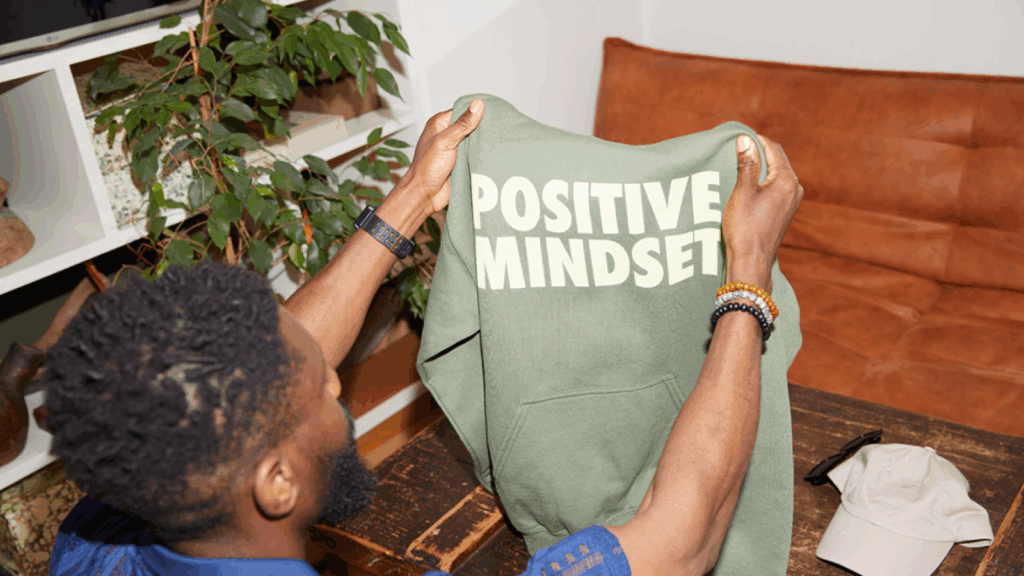
Start with market research and think about what you love – it could be fitness, pets, gaming, or even something as niche as mushroom art.
List your interests, then look them up on social media, Google Trends, or online marketplaces such as Amazon and Etsy to see what people are buying and talking about. You can also check online communities or focus groups to find real opinions from potential customers.
The more specific your niche, the easier it is to stand out and start earning extra cash. Once you’ve narrowed it down, pick products that match your audience. Popular options include t-shirts, mugs, phone cases, hats, and hoodies – all great for generating income.
You don’t need to reinvent the wheel. If you’re an artist, designer, or already have your own clients, start with what you know. Focus on products that sell, keep experimenting, and don’t worry about being perfect.
Check out the most profitable Instagram niches on our blog.
Step 2 – Create or source your product designs
Once your store is live, it’s time to focus on what drives sales – great design. This might come naturally if you’re an artist, photographer, or designer. Creating content can turn everyday items into bestsellers you can list for sale online. But even if design isn’t your thing, you still have options. Hire freelancers through platforms like Fiverr, Upwork, or Design Pickle to bring your ideas to life.
Just remember: originality matters. Never copy someone else’s artwork or reuse copyrighted content. Not only is it illegal – it can hurt your brand in the long run.
Your designs are what will set you apart in a competitive market. They’re the key to building brand recognition, attracting your ideal customers, and creating products that generate passive income.
Step 3 – Set up your online store

Once you’ve locked in your niche, products, and designs, it’s time to bring your shop to life. This is where most people will discover your brand, explore your products, and start buying – so it needs to be clean, clear, and easy to use.
Start by picking a platform. Popular options like Shopify, Wix, Squarespace, Etsy, WooCommerce, and PrestaShop all support POD and offer different levels of flexibility. If you’re using WooCommerce with WordPress or building your store with PrestaShop, you’ll also need to register a custom domain through providers like GoDaddy, Hostinger, or Namecheap. With platforms like Shopify, Wix, or Squarespace, that part’s already taken care of.
Once your store is set up, customize it with a template that fits your brand. Set up essential pages like your homepage, product listings, shipping info, and a contact page. Keep the layout simple and make navigation easy – confused visitors rarely become customers. To help recover abandoned carts and earn extra money, consider adding plugins or apps that remind customers to complete their purchase.
This is your own website and the face of your brand. A smooth shopping experience builds trust and puts you in a strong position to make money.
Step 4 – Choose your POD partner
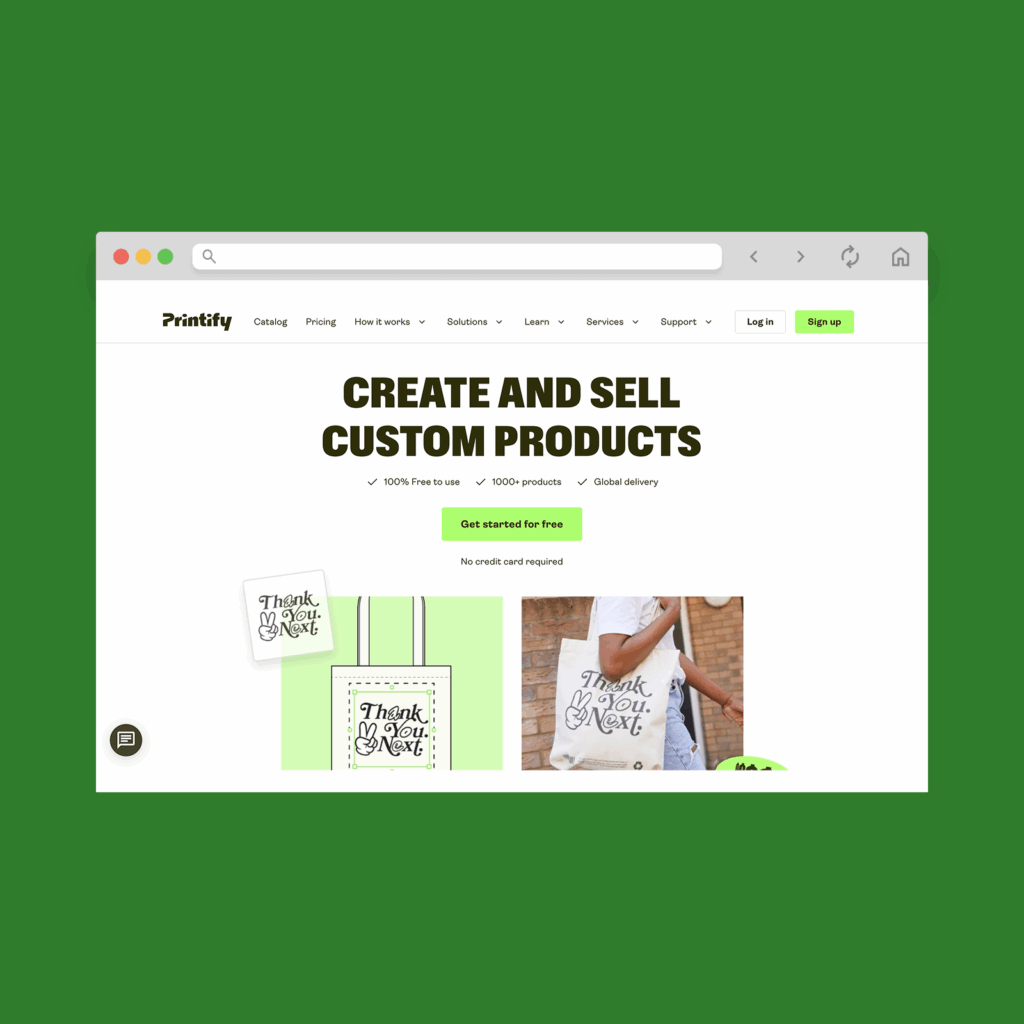
With your store built and designs ready, the next step is choosing a reliable POD provider.
When you connect your store to Printify, you gain access to Print Providers in over 100 locations and more than 1,300 customizable products, including everything from classic t-shirts to home goods and accessories.
The best part? You get to choose your Print Provider based on what fits your business. Want faster shipping? Choose a provider in the same country as your customer base. This helps save money on delivery, avoid customs delays, and provides a better experience – which leads to more sales and higher ratings.
With Printify, you can compare suppliers by product availability, pricing, shipping speed, and customer feedback. We even make it easy to order samples, so you can check quality before listing anything in your store.
If you’re serious about earning money, building passive income, and turning this into a long-term business, choosing the right Print Provider is one of the most important steps.
Step 5 – Promote your store to maximize sales
Now that your online store is live, it’s time to spread the word. Without marketing, your products might just sit and collect dust on the digital shelf. To earn money and build real income streams, you need to get your store in front of the right people.
- Social media is your friend. Set up branded social media accounts on platforms like Instagram, Facebook, or Pinterest – you don’t need to be everywhere, just where your audience is. Share engaging content, use the 80/20 rule (80% fun or helpful, 20% promotional), and encourage followers to tag you when they post about your products.
Partnering with niche influencers can also help earn cash, and even small ad budgets can go a long way if you test and tweak your strategy.
- Don’t forget your site. Use SEO to bring web traffic and make your store easier to find – include relevant keywords in product titles, descriptions, and blog posts. Add reviews to boost trust and help clients feel confident buying from you.
- Try blogging. A simple blog with quality content can drive long-term traffic and help establish your store as a go-to spot in your niche. It’s one of those underrated income tools that builds value over time.
Marketing doesn’t have to be expensive – just consistent. The more visible you are, the faster you’ll start making money without a job.
Step 6 – Monitor performance, experiment, and improve

Once your store is up and running, the real fun begins – tweaking, testing, and growing. To turn your POD hustle into a long-term income stream, you need to track what’s working and what’s not.
Start by checking your analytics. If you’re using Shopify, WooCommerce, or Etsy, each platform has built-in reports to show your traffic, sales, and conversion rates. Look at which products are selling, where your visitors are coming from, and where they’re dropping off.
If something isn’t selling, try adjusting the price, changing the product image, or improving your description. Test out new t-shirt designs, add a bundle offer, or launch a limited-time discount to bring in extra cash.
Don’t be afraid to experiment – that’s how you grow. Try new ad creatives, update your homepage layout, or test different suppliers on Printify to compare quality and shipping times. What works for one audience may not work for another, and that’s okay.
Keep an eye on your store’s performance. Small changes can lead to more money, better reviews, and a more sustainable online business.
Make it happen today!
Can you actually make a living with a POD store? Mistakes to avoid
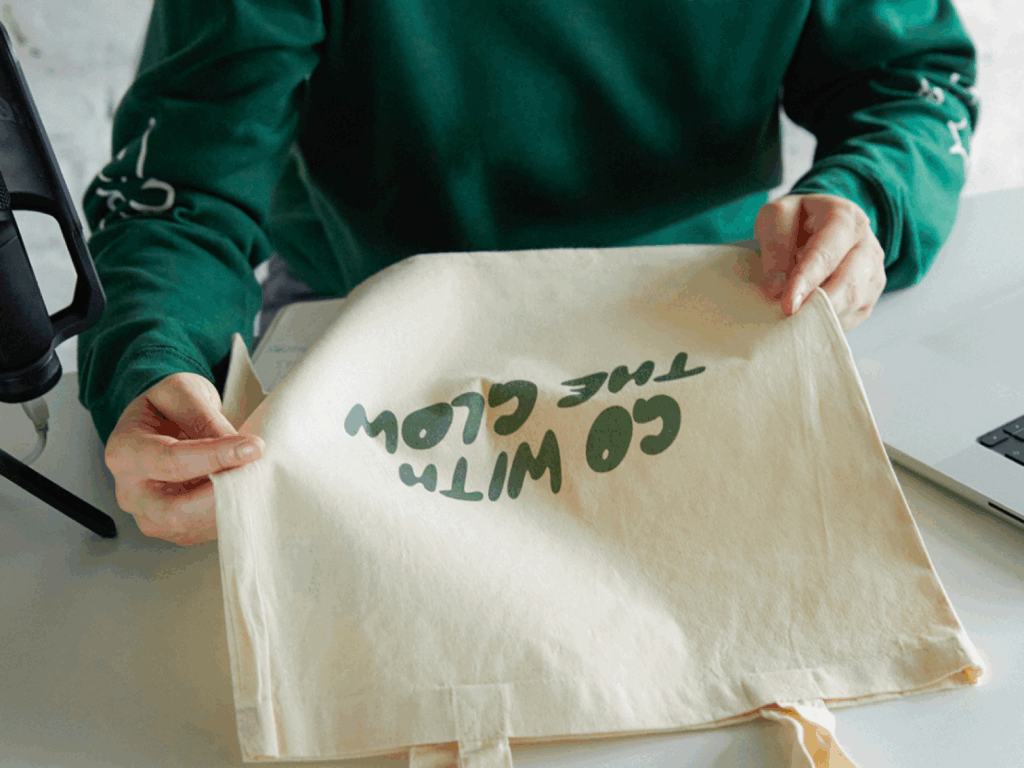
Yes – with the right approach, POD can become one of the most reliable ways to make money. However, success depends on effort, creativity, and smart planning.
Let’s say you spend around $200 per month on essentials like a Shopify subscription, plugins, designs, and ads. If you earn $10 per sale, you’ll need to sell 20-30 products a month just to break even – that’s roughly one sale per day. Everything beyond that is profit, and with time, it can grow into passive income or even replace your traditional job.
But like any business, there are a few common mistakes to avoid:
- No marketing = no sales. Products won’t sell themselves. You’ll need to promote them through social media, SEO, and ads to drive traffic to your store.
- Skipping market research. Selling what you like is great – as long as other people want it too. Validate your niche and designs before you go all in.
- Using low-quality blanks. Your products reflect your brand. Always test Print Providers and order samples through Printify to ensure quality.
- Weak designs. A strong design makes all the difference. If you’re not a designer, invest a few dollars in hiring one.
- Underestimating delivery times. Shipping can take a couple of weeks, depending on the provider. Set clear expectations to avoid disappointing your customers.
None of these are dealbreakers – just things to be aware of. With preparation, consistency, and a bit of trial and error, you can turn your POD store into a solid source of passive income.
10 Products to make a living without a job with Print on Demand
One of the best things about POD is the variety of products you can customize and sell without holding inventory.
1. T-shirts
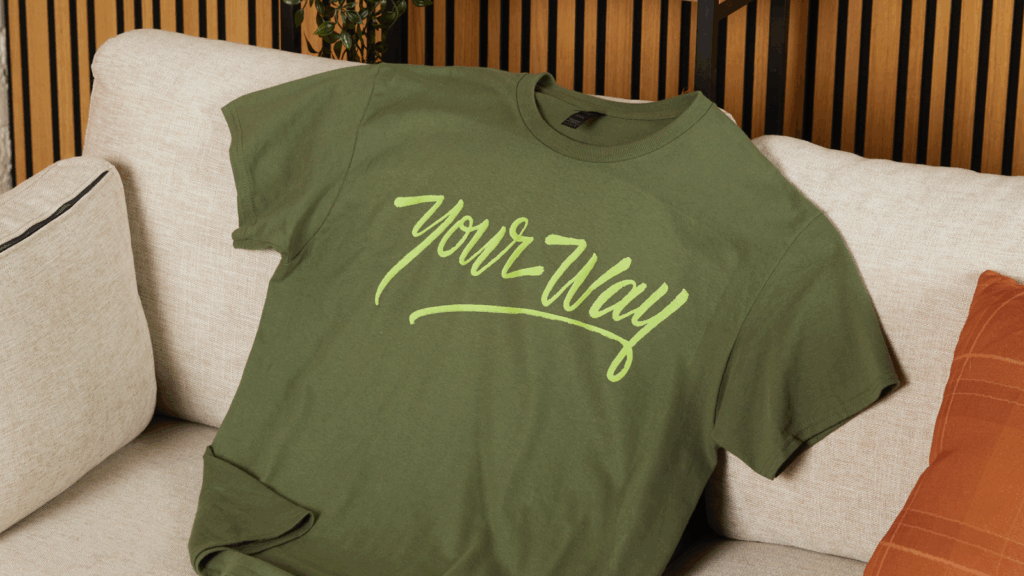
T-shirts are a staple in any shop. They’re low-cost, high-demand, and perfect for anyone looking to earn cash while building a brand. With endless design possibilities – from niche humor to art-forward statements – you can easily turn this classic product into a reliable source of income.
2. Cute and funny socks
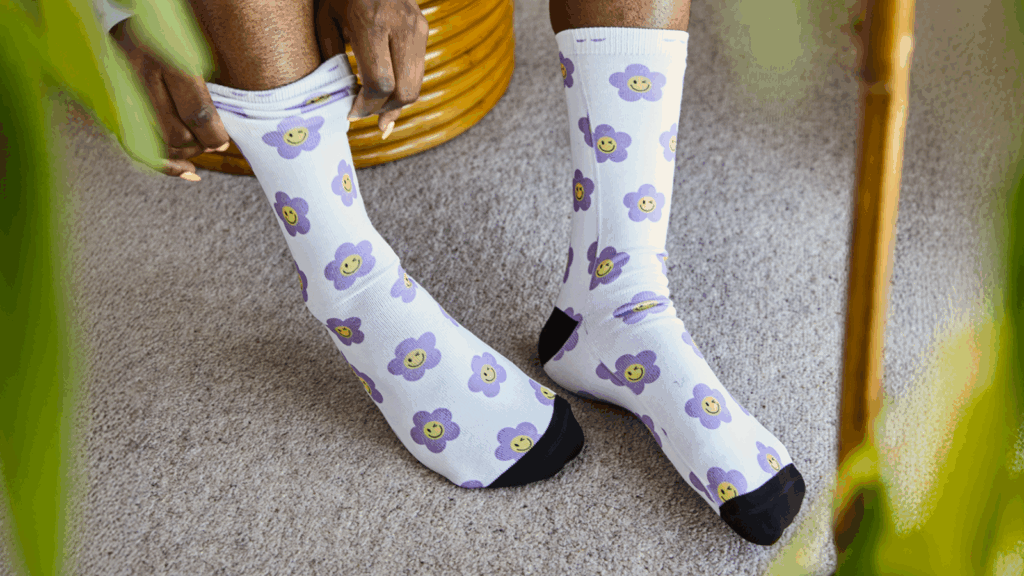
Whether it’s bold patterns, silly puns, or cozy vibes, socks are fun to design and simple to sell. They make great gifts and impulse purchases, helping you bring in extra cash. Pair them with tees or hats to raise your average order value.
3. Trendy phone cases

Phone cases are a great way to start selling fast. Lightweight, affordable, and always in demand, they let you reach a wide market. If you’re targeting tech lovers or fashion-forward buyers, these can be a solid income stream.
4. Bags

From canvas totes to backpacks and fanny packs, bags are ideal for daily use and personalization. They appeal to eco-conscious shoppers and travelers alike, and they’re perfect for creating your own business that supports long-term, sustainable income.
5. Moody candles
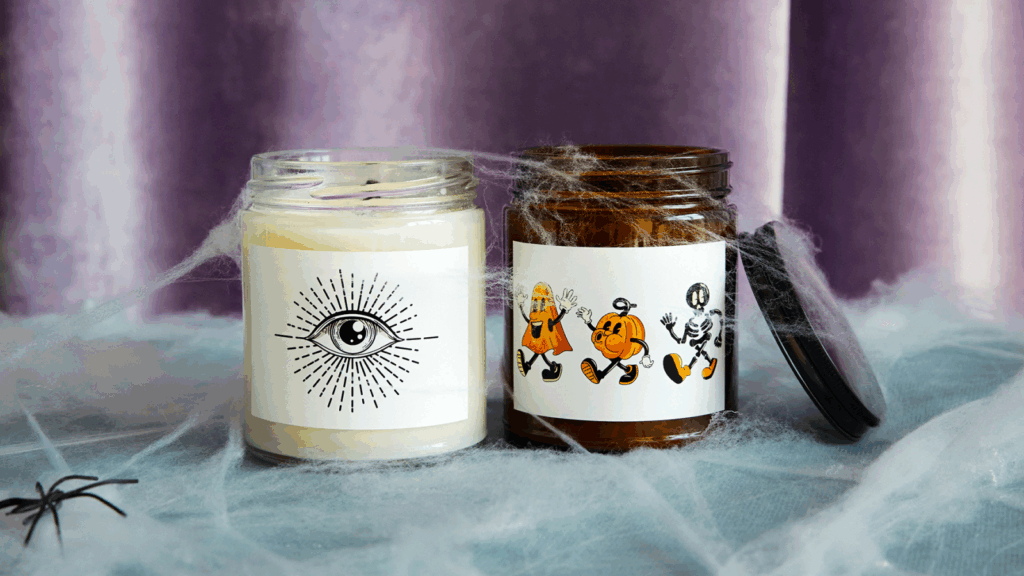
Candles are a top seller in home decor and gift categories. With creative labels and original artwork, they become more than just scented wax – they’re aesthetic mood-setters that help you make money online while offering something your customers will actually love.
6. Seasonal ornaments
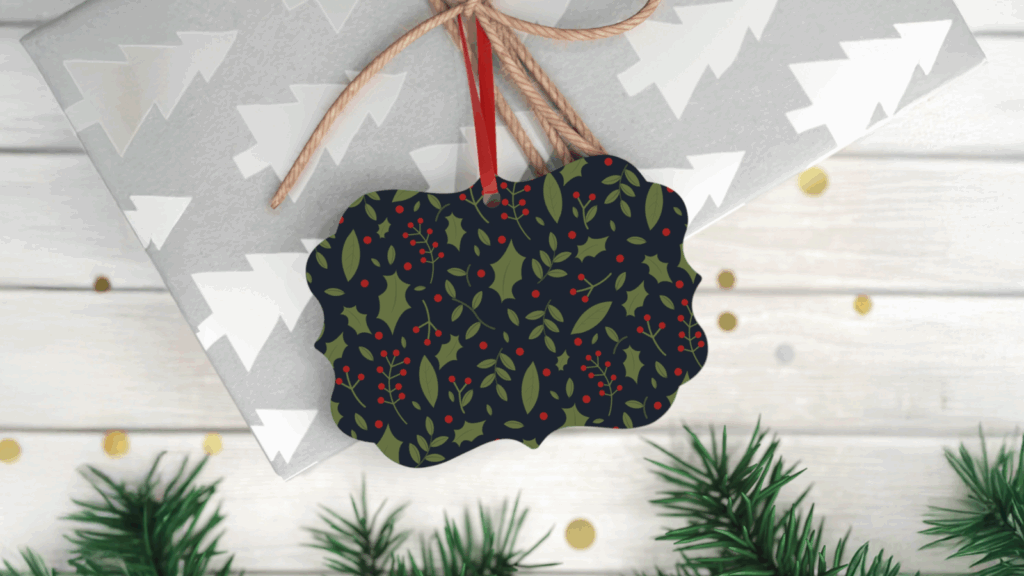
Looking for a way to make more money during the holidays? Seasonal ornaments are a fantastic opportunity to launch limited-time designs and test new income streams. You can tap into the festive season year after year to earn cash from returning buyers.
7. Blankets
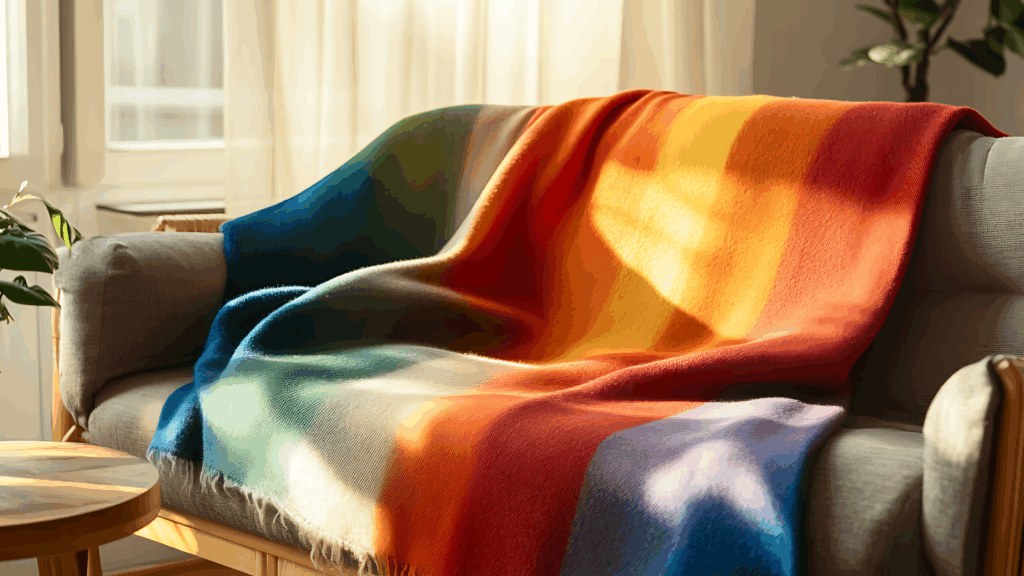
Blankets are soft, versatile, and loved by just about everyone. Whether you’re offering personalized baby blankets or art-inspired throws, they can add serious value to your store and generate income almost all year round.
8. Water bottles and tumblers
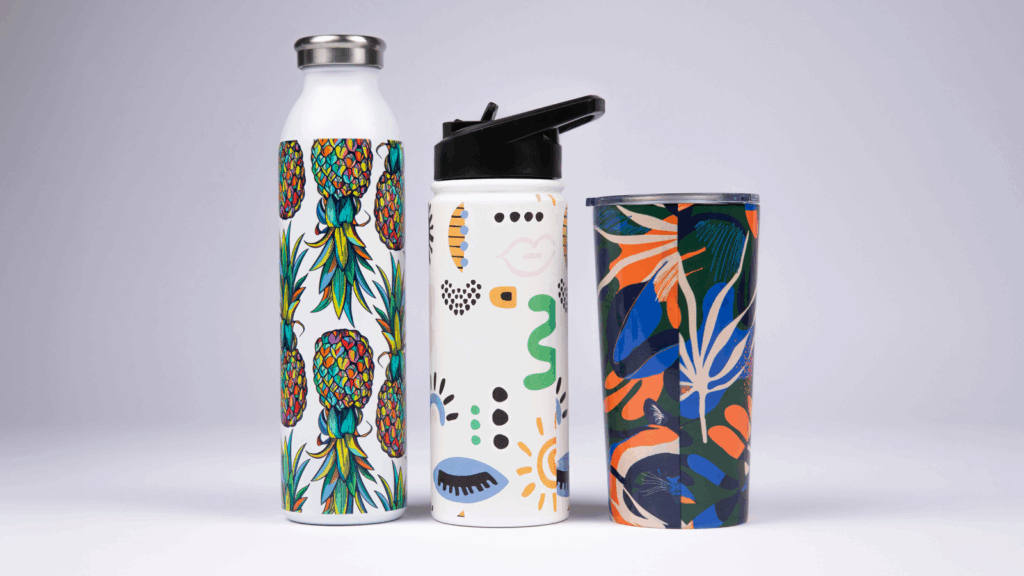
Reusable drinkware is more than a trend – it’s a lifestyle. With water bottles and tumblers, you can save money on packaging, reduce waste, and appeal to customers who care about both style and sustainability. Plus, they’re great add-ons to increase average order value.
9. Stylish hats

Whether it’s dad hats, beanies, or snapbacks, stylish hats allow you to showcase bold logos, slogans, or artwork. They’re an easy win if you want to earn income with eye-catching designs that people can wear every day.
10. Canvas prints
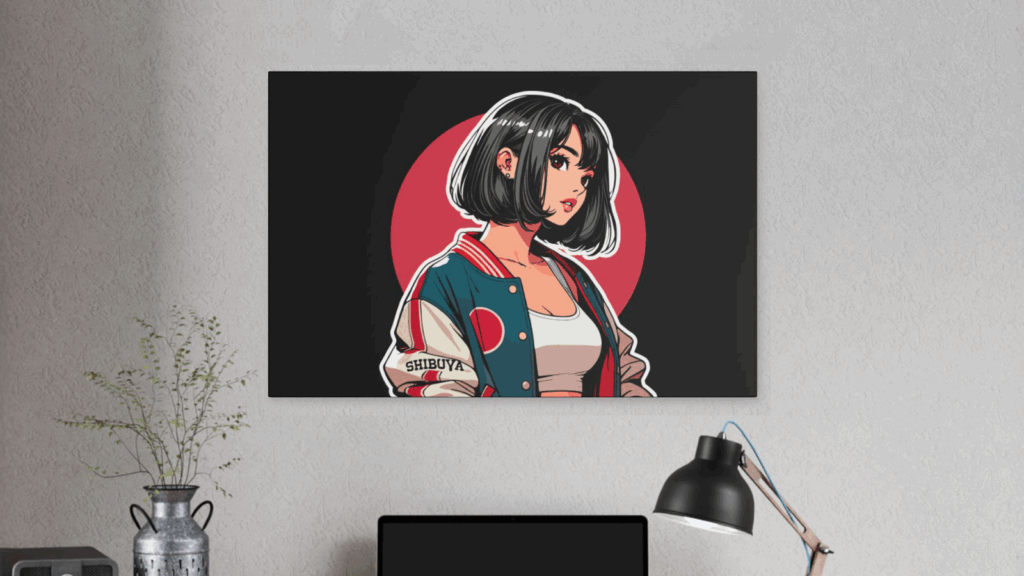
Turn art into income with canvas prints. These are ideal for photographers, illustrators, or creatives who want to sell high-quality, gallery-style products. Perfect for building long-term passive income streams.
Check out more ways to make money without a job on our blog.
Final thoughts: Make a living without a job with Print on Demand
If you’re looking for a realistic way to make a living without a 9-to-5 job, POD is one of the smartest places to start. With low upfront costs, no inventory, and the freedom to run your own business on your terms, it’s ideal for anyone ready to become self-employed and work toward long-term financial stability.
We covered what POD is, why it works, and the steps to launch your shop – from choosing a niche and creating designs to promoting your products and scaling up.
It takes effort, but with clever planning and the right tools, you can earn extra cash by exploring alternative ways to work without being tied to a traditional job.
